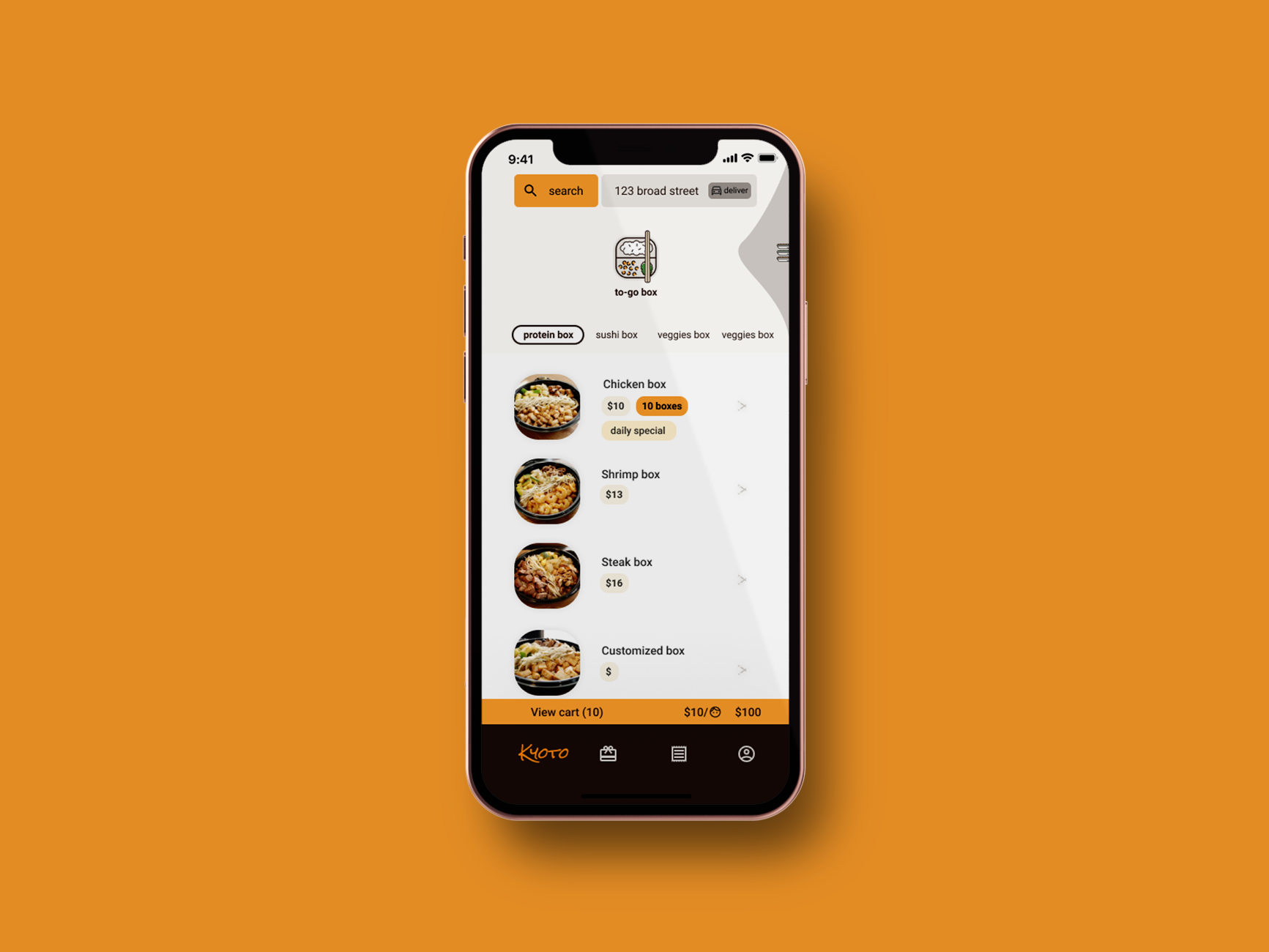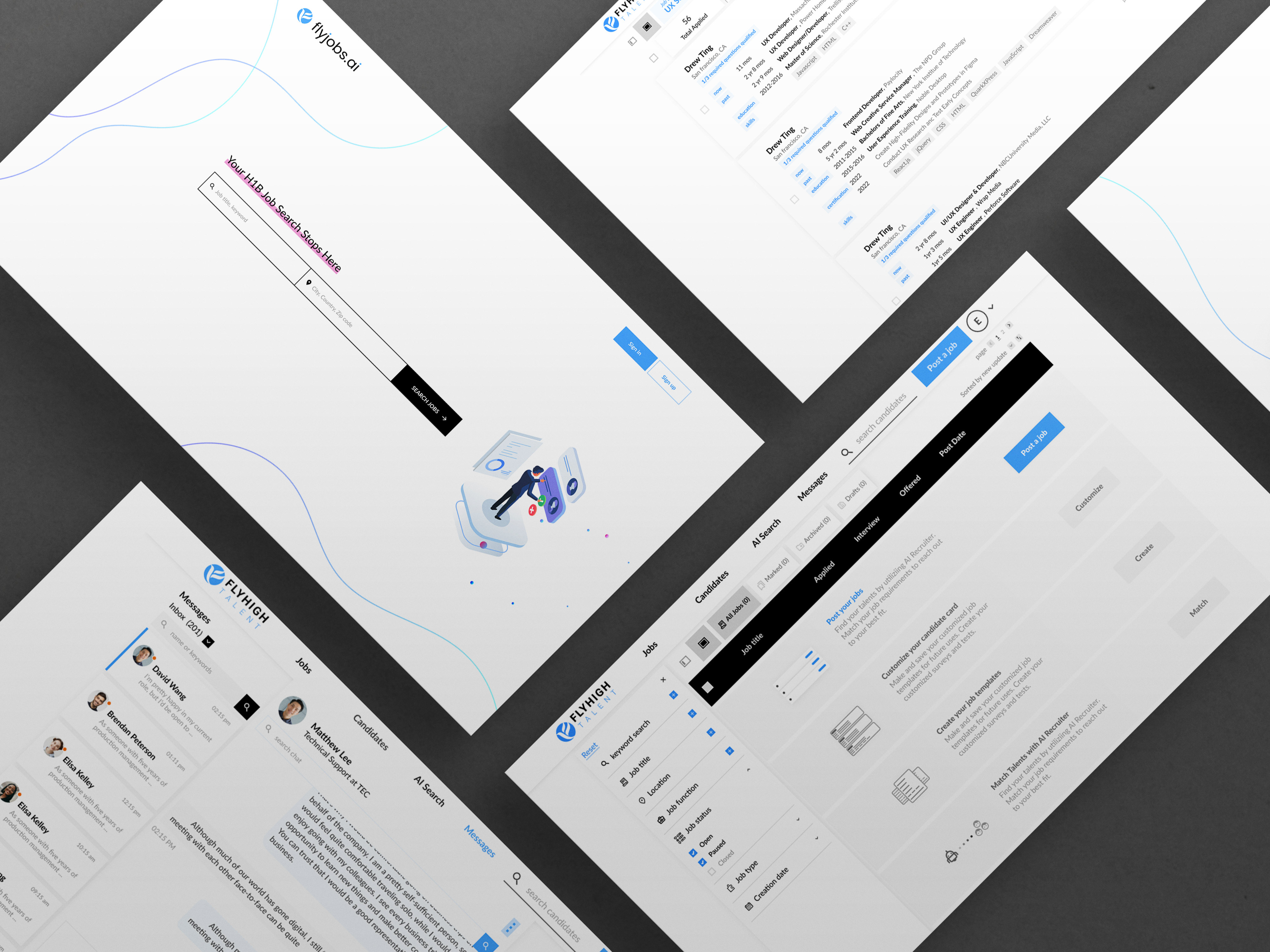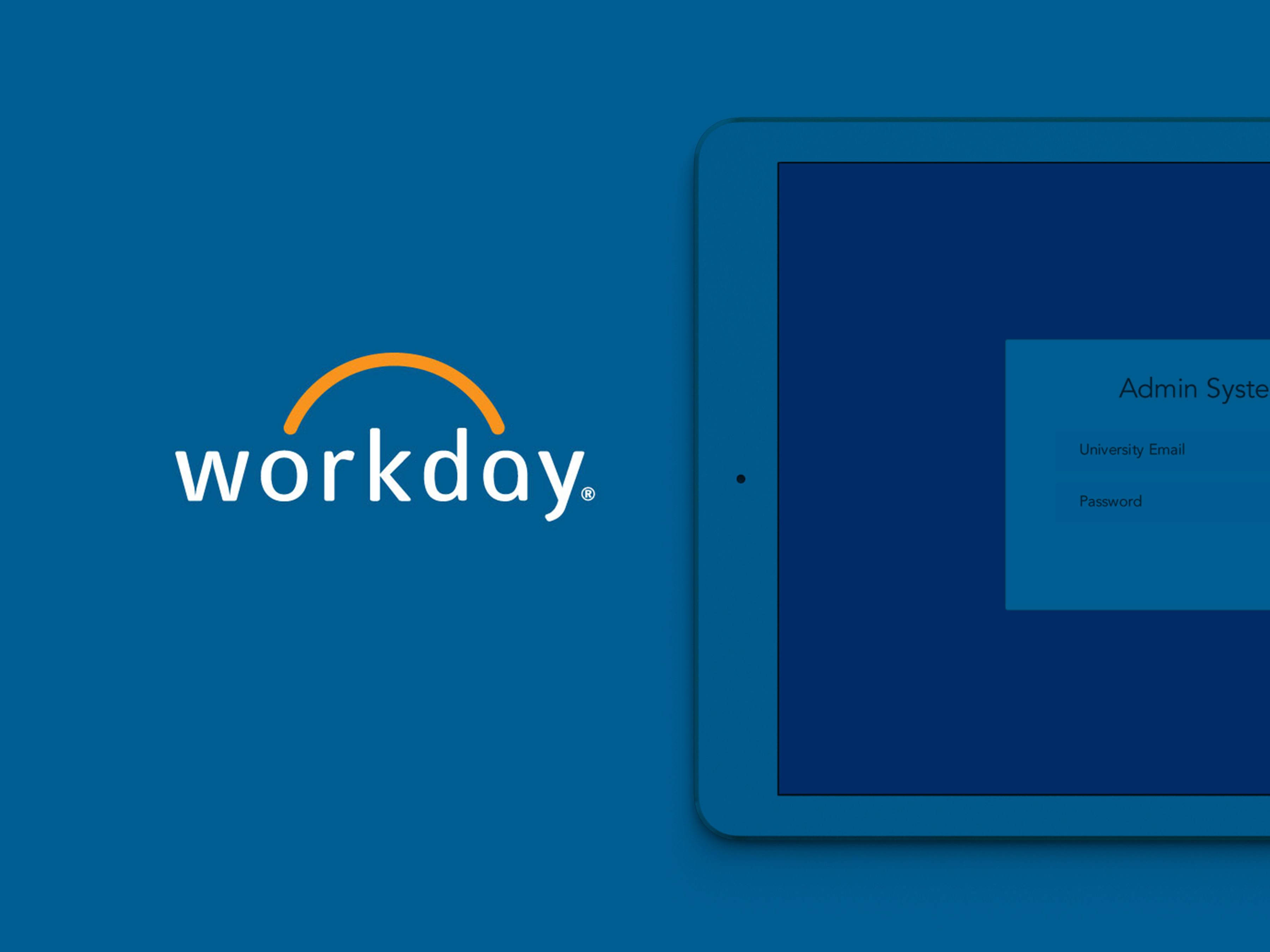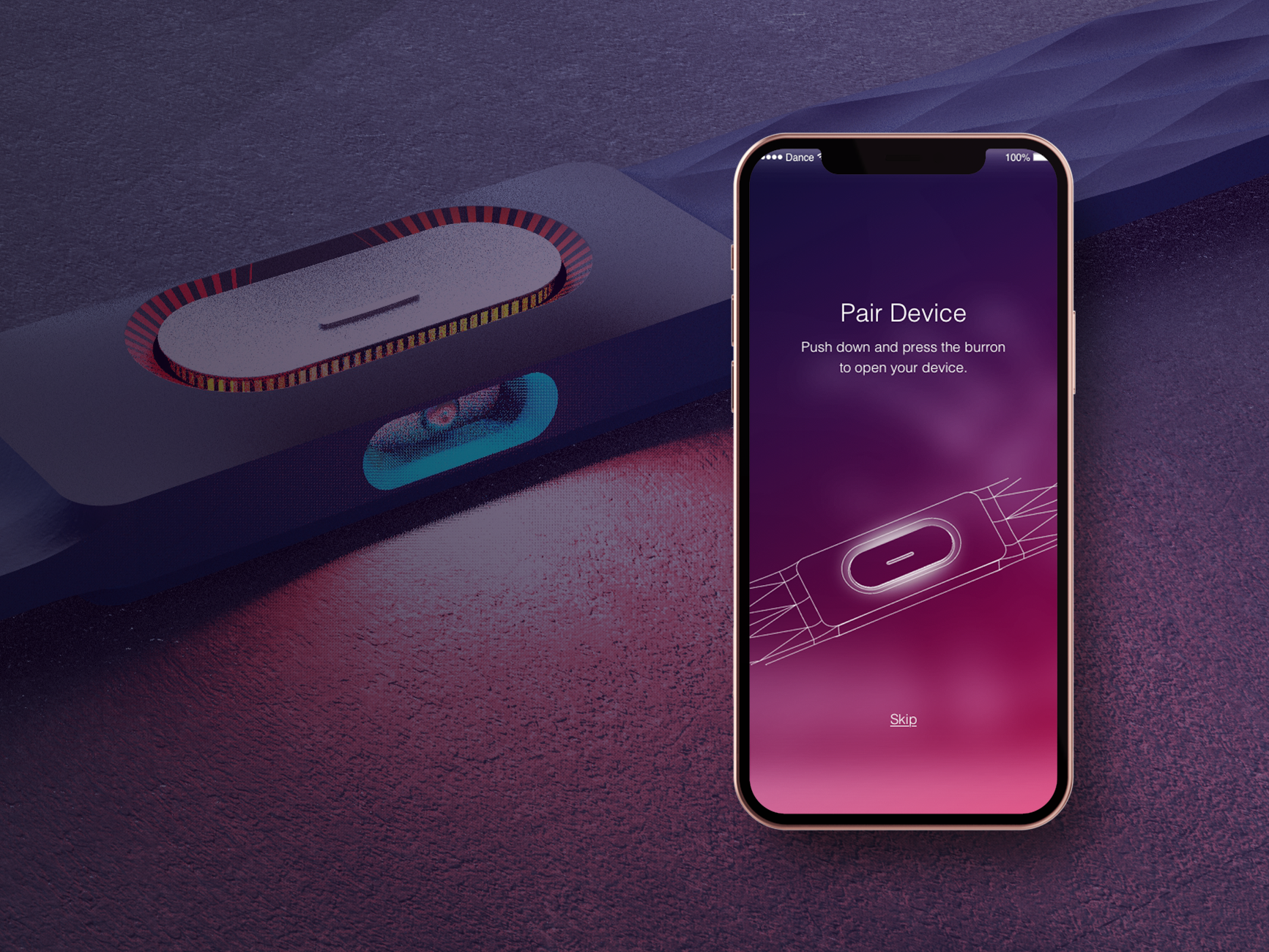How to ease your dog's anxiety about being away from an owner for a long time ?
The problem
Separation from the dog is a condition that almost all dog owners experience. For example, when going out to school or work, or when traveling abroad for vacation, owners worry about the emotional reaction of letting their dogs leave their owners. When away from their dog, owners are often unable to assess their dog's emotional state or help reduce the dog's emotional discomfort. Ordinary cameras only observe the dog's life unilaterally, and the more obvious emotional response is that the owner can't interact with the dog all day. We fully understand the uneasy feeling of leaving your dog home alone for extended periods of time as dog owners ourselves.
When dog owners are away from their dogs, owners want to assess dogs' emotion and actively interact with dogs, so that owners can feel less worried.
Contextual Interviews
We conducted a total of six contextual interviews. The result of interview analysis helped us define our problem space: When dog owners are away from their dogs, owners want to assess dogs' situation/emotion and actively interact with dogs, so that owners can feel less worried.
Market Research
Before we get into brainstorming section, we did literature reviews and existing technologies exploration to better understand the current design background and gather idea stimulus.
Literature Review
Symptoms of separation anxiety in dogs include oscillation between manic (barking/destructiveness) and depressive (subdued actions- usually sleeping) states (Schwartz 2003), as well as drooling and attempts at escape (Horwitz 2000).
Treatment options for separation anxiety in dogs include Clomicalm/Fluoxetine drug treatment (Horwitz 2000; Simpson et al 2007), and providing distractions and chew toys (ASPCA).
How might we...?
How Might we let dog owners assess their dog's situation when they are away to feel less worried?
How Might We decrease distractions and increase focus of dogs ?
How Might We let owners influence dog's emotions or behaviors ?
How Might We communicate our intentions to dogs ?
How Might We monitor our dogs ?
How Might We know dog's emotions ?
......
Ideation
From these sub-questions of our problem space, we brainstormed possible solutions to each question and shared them with each other via sticky notes.
Co-Design
we invited dog owners to join a co-design session with us. During the co-design sessions, participants were encouraged to play co-creating roles and participate in design process by using their expert experience.
some new insights from co-design:
adding microchip and sensors to detect dog's heart rate
remotely controlling dog gate
using owner's scent for comfort
using toys to attract dogs' attention to stop barking
........
Final Solution
A smart collar for dogs to better detect dog's emotional status. We implemented ideas such as detecting dog's health status, hearing owner's voice and diffusing comforting scents into our final solution. The final solution is a combination of a smart collar and a mobile application that enables dog owners to assess their dog's emotions and behaviors and to take actions to alleviate negative situation.
Initial Design
User Testing
For the user testing sessions, we recruited six male participants and six female participants in total. All participants are dog owners and have experience in remote communication and interaction with their dogs.
Findings from user testing:
Movement Map is the most confusing function of the application
clear sense of the normal range of each status is needed
More labels could be added to make the chart clearer
Activity reminder is a pretty useful function
Final Design
Our design of Physical device, iCollar, follows two principles, "Less, but better" from Dieter Rams [6] and "most advanced yet acceptable" from Maya [7]. For the product appearance, we want our product combined with aesthetics and functionality. We built all our sensors into one bone-like part and this part can be easily taken off to recharge and clean. The material for the part is made by water proof material in case mud or water. We use "less, but better" principle to remove unnecessary features such as step counter, respiration sensor, activity level sensor and calories counter. All features are powerful features focusing on the care of dog's emotion. The sensors we decided to finally implement are heart rate sensor, temperature sensor, mini speaker and scent nozzle. The mixture use of heart rate sensor and temperature sensor is able to assess dog's emotion whether it is excitement, anxiety or sadness. Users can remotely control speaker and scent nozzle to interact with their dog. We have not seen any current smart collar with built-in speaker and scent nozzle. Also, we performed market research and technology research to ensure all features we proposed are feasible and possible to be implemented.
Mobile Application
As support and an addition to the smart collar, the mobile application, "iCollar", enables dog owners to view their dog's situation by displaying four main statuses: emotion, schedule, temperature, and heart rate. The emotion tab indicates a dog's emotional status, whether they are happy or sad. The schedule feature lets the owner set a customized daily plan and pop-up alarm as a reminder. The temperature and heart rate tabs display the primary health status of the dog. Since our problem space focuses on assessing dogs' emotions and behaviors, we would want to express their emotion and activity status as a higher priority.
Users need to pair the smart collar with their mobile application account to start using the product. By entering their dog's basic information, they would be able to generate a unique dog profile linked to the smart collar their dog is wearing.
The sensor embedded in the smart collar can assess the dog's situation and generate a live status of temperature, heart rate, emotional quality, and level of activeness. Based on the information generated from the smart collar, users have two options to alleviate dogs' anxiety and sadness. First, they can hold the microphone button on the bottom tab bar and speak to their dog to calm them down. We took advantage of the dog's sensitiveness to their owner's voice and designed this "microphone" feature to let owners speak to their dogs whenever their dog's situation is abnormal. In terms of one of the design principles, "visibility," which means the more visible an element is, the more likely the users will use it and know how to use it. I display "microphone" at the center of the bottom menu bar. Thus, users would know that speaking to their dogs is one of the product's most essential features.
I found that some scents can calm dogs down based on our initial research phase's literature review. By spreading calming scents to dogs with abnormal emotional statuses, owners can make their dogs feel better and themselves less worried when they are away. Every time the dog owner diffuses calming scent to their dog, a message would be displayed on the screen saying, "(dog name) smelled it!" As giving "feedback" is one of the design principles, we made it clear to the users what action they have performed by giving them feedback. As another design principle, "affordance" is also demonstrated in this feature. As mentioned by almost all users in the testing sessions, the button with "Spread Calming Scent" is self-explanatory and allows them to know how to use this feature.



